The Citric Acid Cycle
Understanding the cellular respiration process
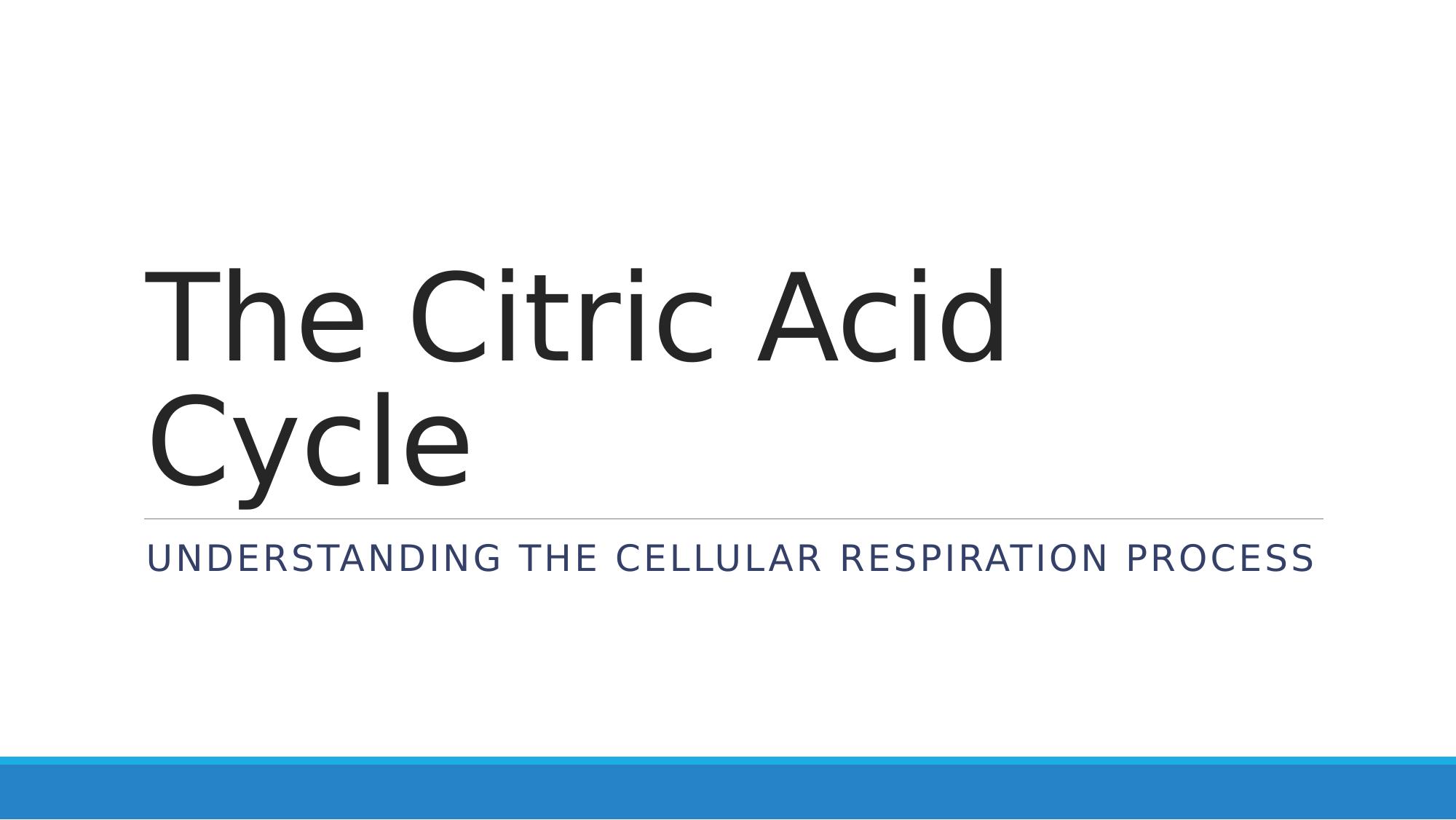
Hello everyone, today we will dive into the intricate details of the citric acid cycle, also known as the Krebs cycle, and its significance in cellular respiration.

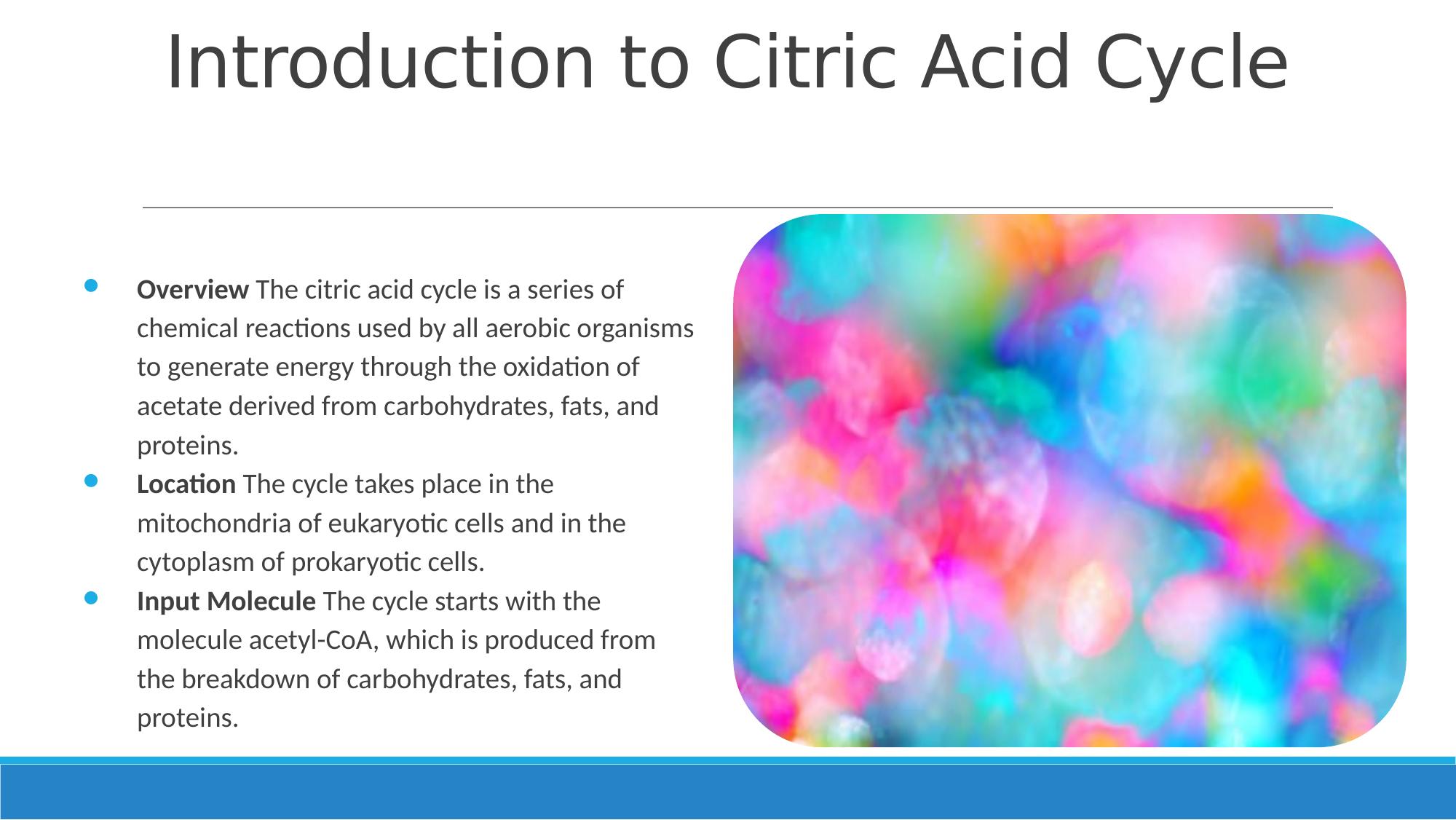
The citric acid cycle is a fundamental part of cellular respiration, serving as a central hub for the oxidation of fuel molecules and the generation of high-energy compounds.
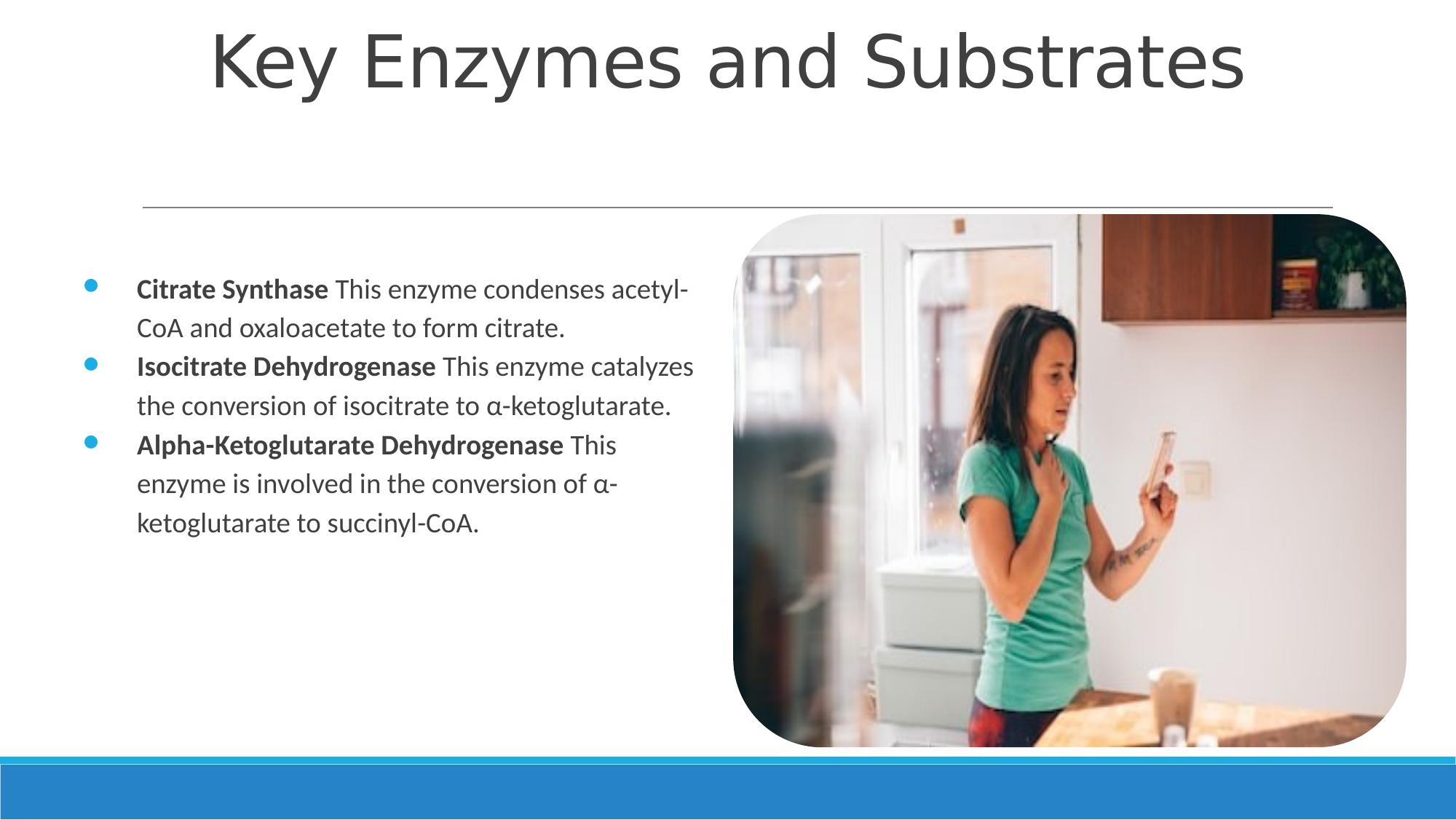
The citric acid cycle involves several key enzymes and substrates that play crucial roles in the sequential reactions leading to the production of energy-rich compounds.
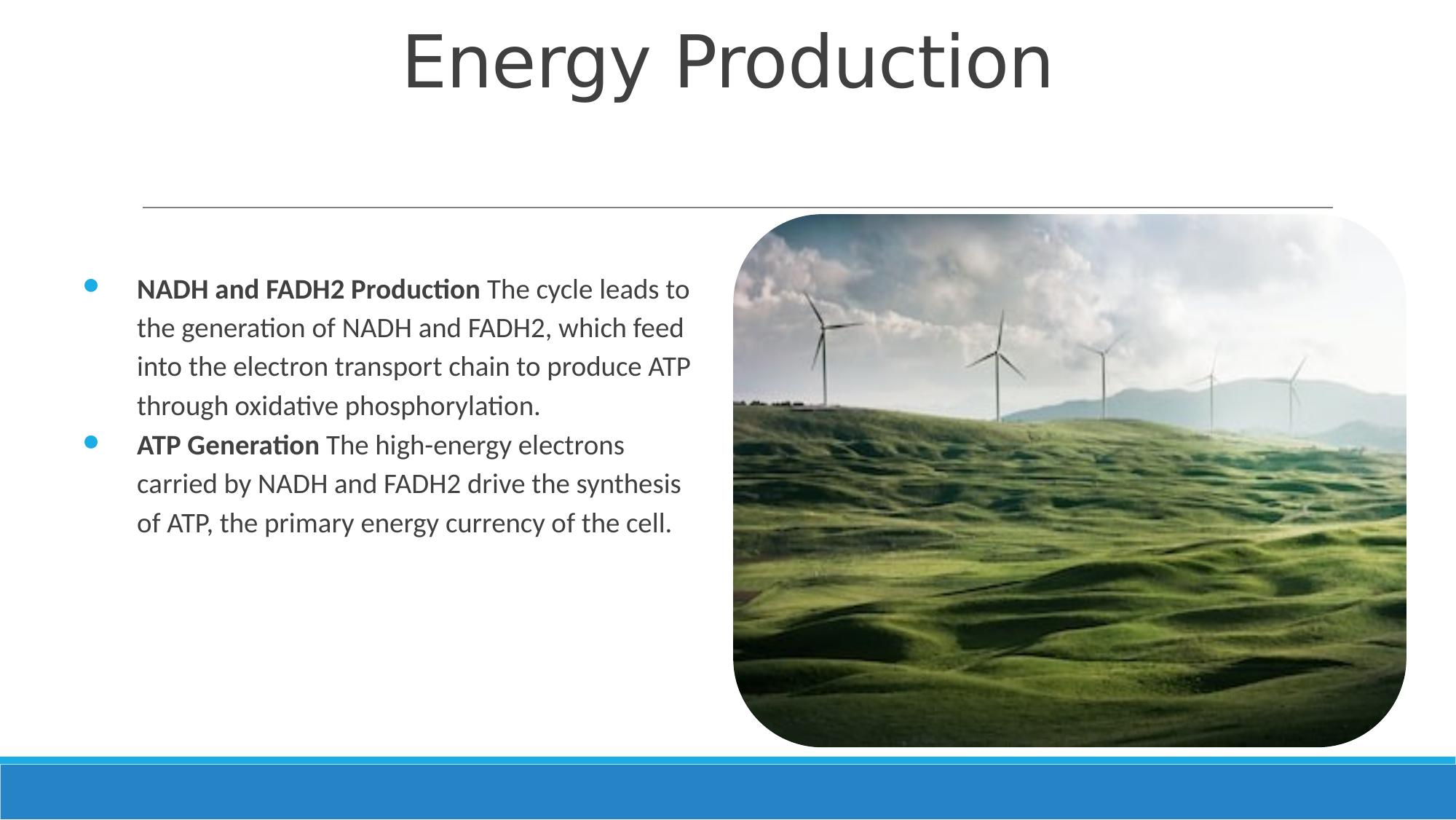
Through the generation of NADH and FADH2, the citric acid cycle significantly contributes to the production of ATP, the molecule responsible for cellular energy transfer and utilization.
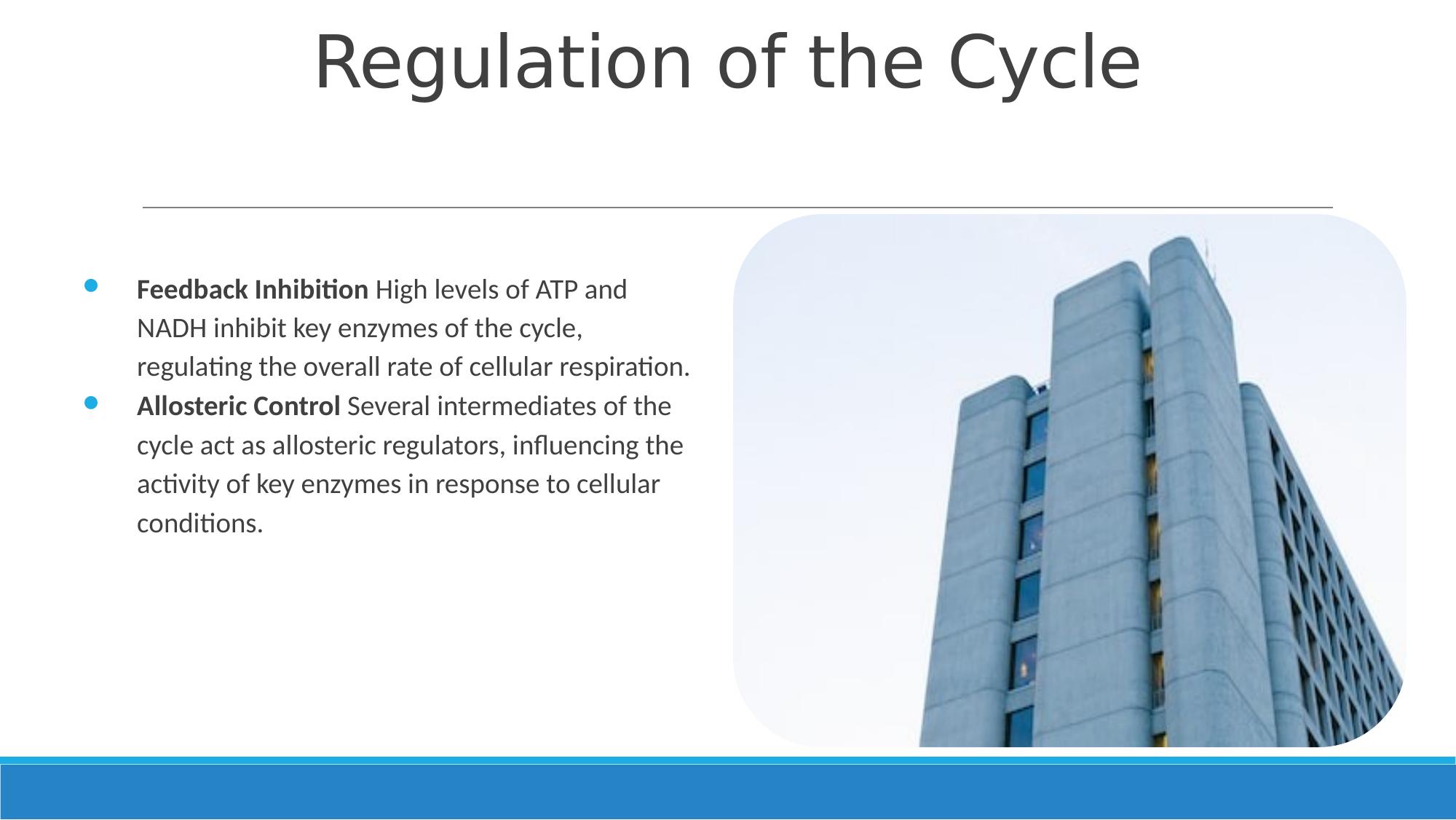
The citric acid cycle is tightly regulated to ensure efficient energy production and prevent the accumulation of unnecessary metabolic intermediates.
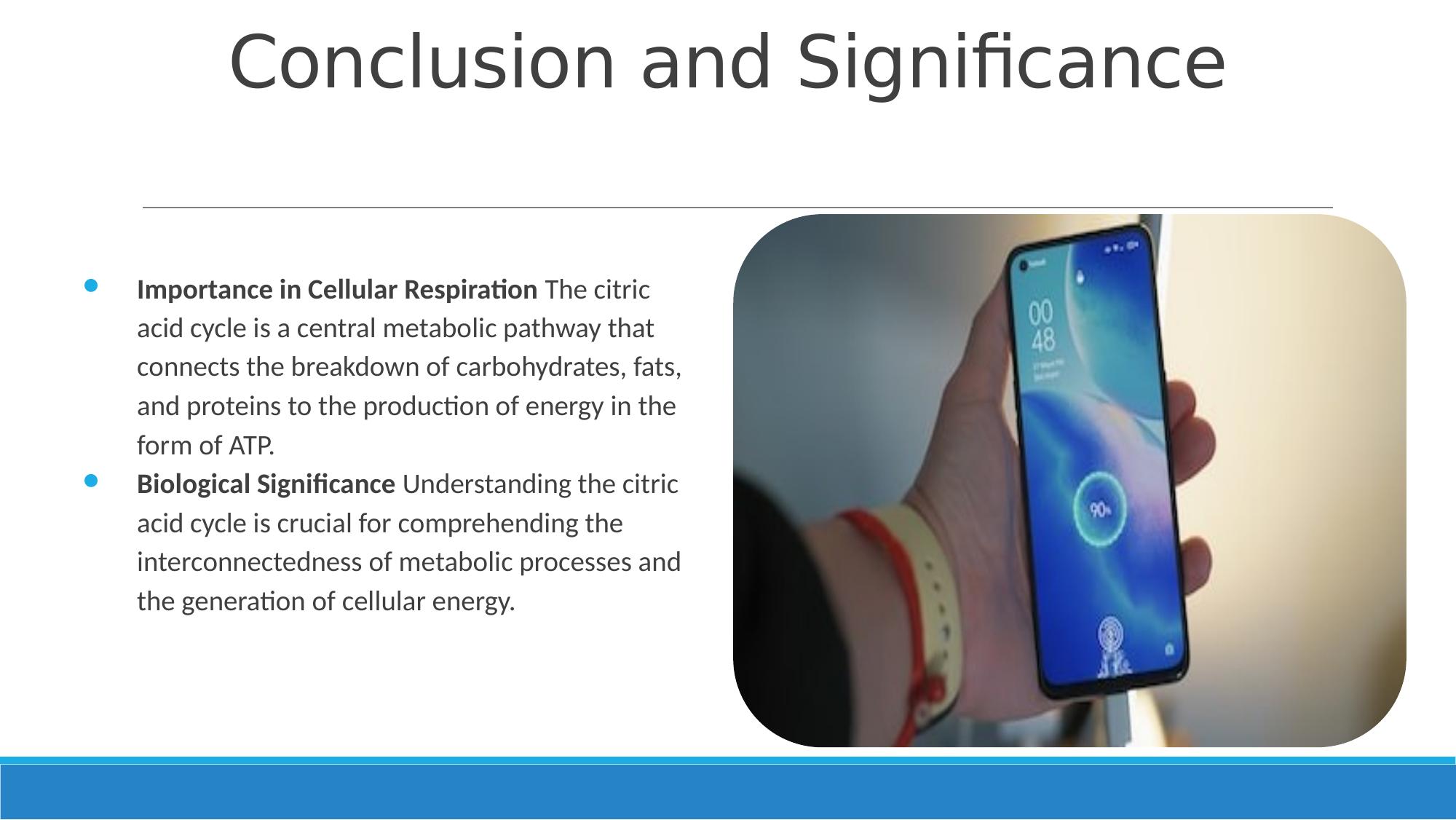
The citric acid cycle serves as a key link between the breakdown of diverse fuel molecules and the efficient production of ATP, highlighting its vital role in cellular energy metabolism.

